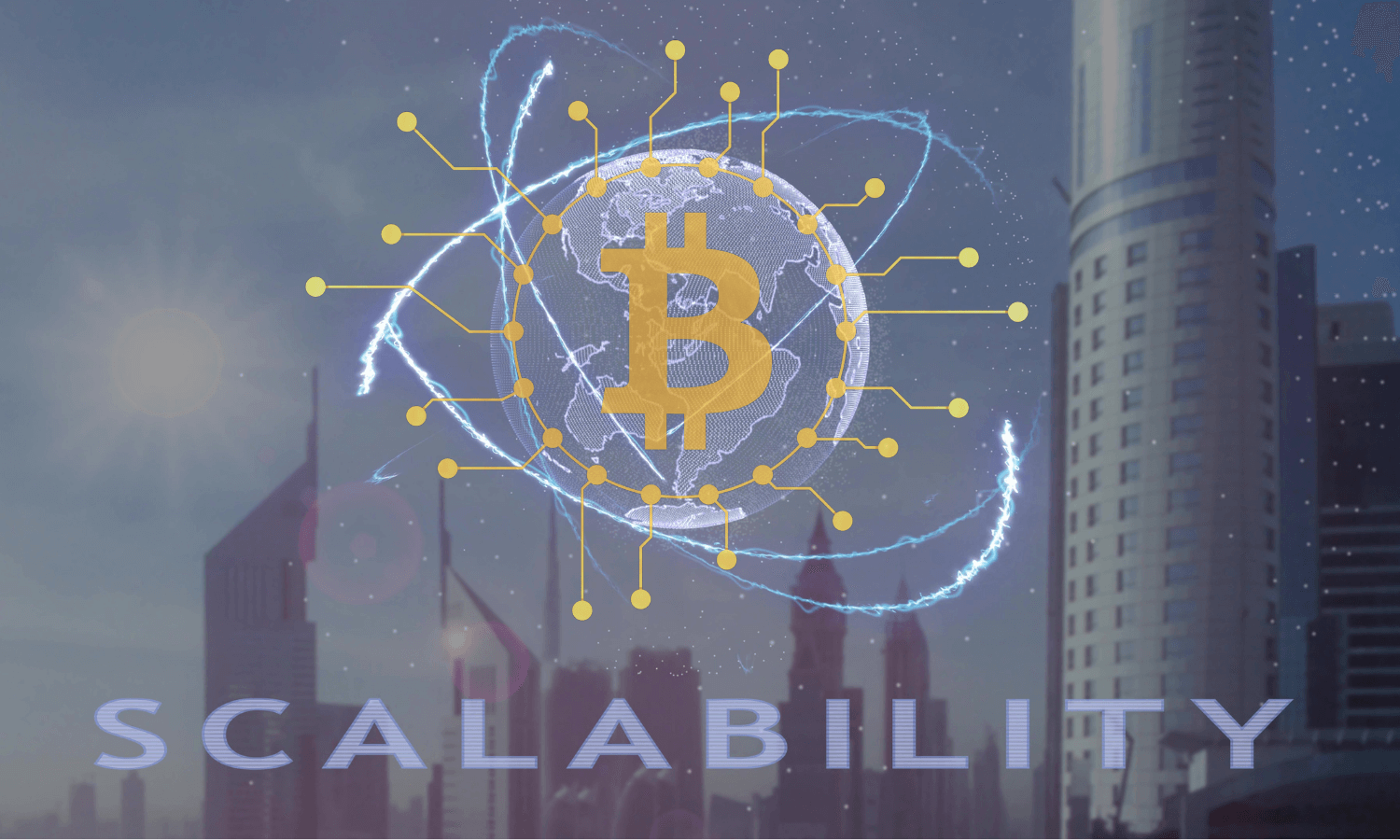What is Bitcoin Scalability problem?
Bitcoin’s scalability issue relates to Bitcoin’s inability to handle large volumes of data on its platform in a short amount of time. The problem is caused by the limited size and frequency of Bitcoin blocks (known as records).
What is the problem with scalability?
A cryptocurrency network needs to demonstrate its ability to process a certain volume of transactions without problems and without delays beyond doubt in order to support the adoption rate of cryptocurrencies. Secondly, the network must demonstrate credibility that it can handle an increasing volume of transactions. Increasing the size, capacity, and security of a network is that which is meant by “scaling up”. Additionally, a network must provide miners with sufficient transaction fees to keep them interested and competitive.
Bitcoin and Ethereum are much more expensive than traditional payment methods like VISA or PayPal due to the low transaction capacity they offer. VISA, a leader in digital payments, claims it can handle more than 65,000 transactions a second, with 150 million transactions occurring every single day. PayPal, on the other hand, “only” handles 193 transactions per second or roughly 5 million transactions per day.
Speed of the network and security are therefore the two main factors influencing the reputation of a payment network. Hence, cryptocurrency network infrastructure will have to be expanded in order to accommodate increasing transaction volumes along with an increasing user base.
Scaling of the Bitcoin network
A look back at bitcoin’s early days can help you comprehend the scaling problem of blockchain. One straightforward use of bitcoin is to send and receive digital money.
Scalability issues were noticed from the start by Bitcoin users. It is a decentralized network, so how can you ensure that it can handle large (and growing) numbers of users?
The problem is with the computer network. It is only possible to handle so many transactions at one time. You need to check the records to validate each transaction as well, which takes up storage space.
The Bitcoin protocol finally reached capacity – the inevitable happened. In the end, more transactions slowed down the system, resulting in more problems.
In response to this, a host of new projects were launched, most of which were essentially copycats of Bitcoin (Litecoin is one example).
Nevertheless, these new chains could not communicate with Bitcoin since they were separate networks. As more and more users joined these new blockchains over time, the same problem arose.
Scalability of blockchains: an overview
Bitcoin can be used to explore some of the solutions to blockchain’s scalability problems.
Could the number of BTC transactions be too high? What happens when the demand exceeds the number of transactions that can be carried out at a given time?
The result is that too many transactions take up too much space on the blockchain, resulting in long waiting times and high transaction fees.
To solve the problem, the Blockchain’s initial capacity was simply increased. You can now run twice as many transactions with a larger block size limit.
The solution was simple, but it had a flaw – when it filled, you had to start over. Continuing in this manner will result in the amount of storage needed to hold the blockchain surpassing what ordinary users can afford.
Creating a new block could also be quicker if the time needed is shortened. It wasn’t possible to confirm the validity of new blocks without a confirmation period. Shortening the time allowed for the creation of 100 new blocks before you could discover the problem.
Layer-one solutions (L1) do not really function as long-term solutions.
There are also ‘layer-two (L2) solutions’ for scaling.
State channels are a good example. In short, it works by grouping similar transactions together, thereby reducing the total number of transactions on blockchains.
We can, for example, wait until all of our transactions stack up before combining them into one big transaction if I want to do that several times with you. It is possible to create groups of transactions on the same blockchain by tracking people who transact often together. This allows for numerous transactions on the same blockchain.
Vertical and horizontal scaling
There is also a division into horizontal and vertical scaling solutions when it comes to the effectiveness of scaling solutions. Decentralization has both advantages and disadvantages.
In vertical scaling, each node is given more processing power and memory, thereby becoming more powerful. Therefore, individual transactions become more efficient. As an alternative, horizontal scaling entails adding further machines into a larger system to improve overall throughput. Overall, the number of nodes and thus the overall centralization of the network (like EOS) generally increase speed, while transparency and overall immutability are lower than in a highly decentralized network like Bitcoin.
There is no single scaling solution that can take into account every factor to ensure Bitcoin has the optimal solution based on its current state of technology. Although technology is making progress, many other coins are working on proposals to provide different solutions to this predicament.
The future for blockchain scalability
Scalability has significantly improved over the past decade. In some ways, we can compare it to the early Internet, when the technology encountered difficulties due to a growing user base and the resulting slowdowns.
Currently available solutions – particularly L2 solutions – work fairly well, but they’re not enough to support blockchain globally. The situation is improving, however.



